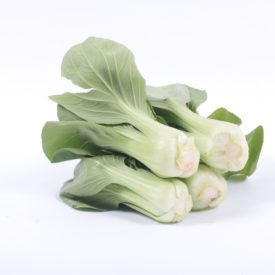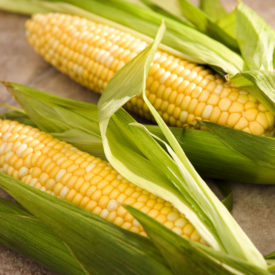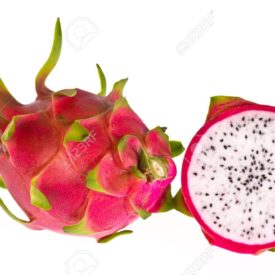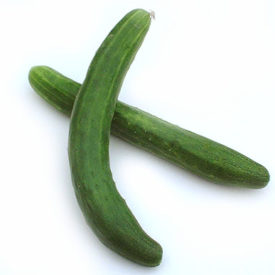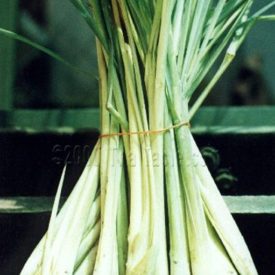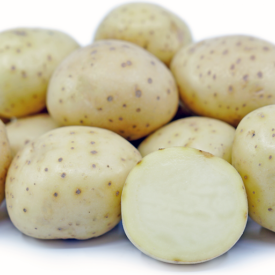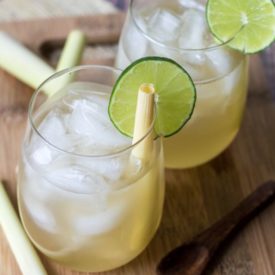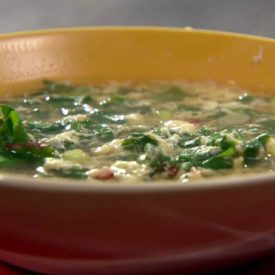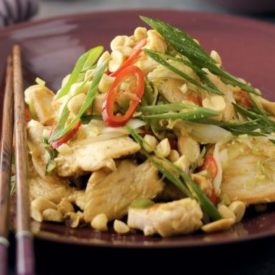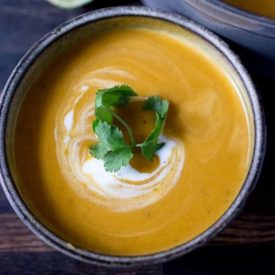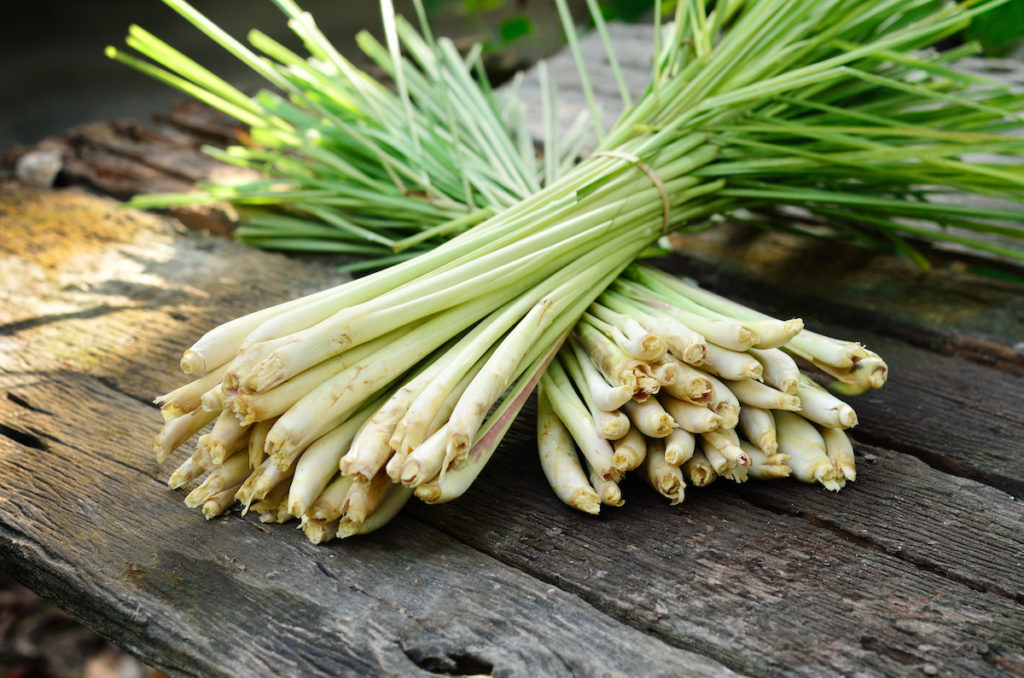
Lemongrass is widely used as a culinary herb in Asian cuisine and also as medicinal herb in India. It is commonly used in teas, soups, and curries. It is also suitable for use with poultry, fish, beef, and seafood. Research shows that lemongrass oil has anti-fungal properties.
Preparation
1. The softer, fleshier, pale yellow part of the lemongrass – which is what you want to use in your cooking – is located under the tough outer leaves. Peel away these layers and discard.
2. Then use a sharp serrated knife to slice off the lower bulb, which includes about 2 inches of the end. Discard. The stalk is now easy to slice into pieces. Stop slicing when you have cut two-thirds of the way up the stalk, or when it is no longer yellow. The upper end the stalk will be green and woody, but is still useful in cooking soups and curries.
3. Because lemongrass is so firm and fibrous, it helps to process the slices a little further. Place the lemongrass in a food processor and process well on “high”, or pound for a minute or two with a pestle & mortar. It’s possible to use the lemongrass slices as they are, but the thicker slices will be difficult to eat.
4. Your lemongrass should now appear finer – almost like yellow-green flakes. It is now ready to use in recipes such as curries or soups (note that the lemongrass still needs to cook or be boiled for at least 5 minutes before it is soft enough to be edible).
Storage: Use the lemongrass immediately, or store lemongrass by freezing it in a sealed container in your freezer. With lemongrass, very little is wasted. You can use the upper, reserved stalk to add even more flavor and fragrance to soups and curries. Simply make several cuts along the length of the stalk and bend it several times to “bruise” it. This will release the fragrance and flavor. Now throw the stalk into your soup or curry pot.
Farmers that grow Lemon Grass
What else is in the bag?
Try out these recipes!

